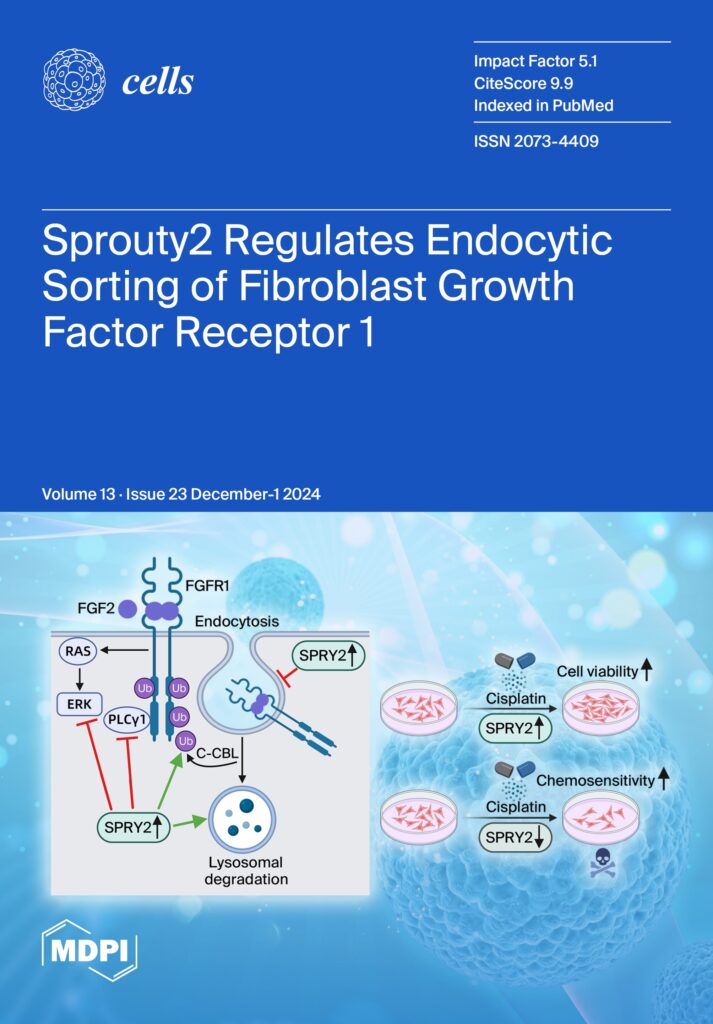
Müllerstraße 59
6020 Innsbruck
Fax: +43 (0)512 9003 73170
Email: Lars.Klimaschewski@i-med.ac.at
Website: https://www.i-med.ac.at/neuroanatomy/
Research year
Research Branch (ÖSTAT Classification)
301402, 301403, 301405, 301904
Keywords
Degeneration, Endosomal Transport, Fibroblast Growth Factors, Plasticity, Proliferation, Receptor Tyrosine Kinases, Regeneration, Signalling, Sprouty, and Survival
Research Focus
We are investigating the role of growth factors in the nervous system under normal and pathological conditions. We aim to modify signalling pathways downstream of receptor tyrosine kinases in neurons, glia and glioblastoma that may act as targets to activate pro-regenerative mechanisms in the diseased nervous system or to inhibit tumour growth of glioblastoma. We are focusing on the signalling and transport of fibroblast growth factor receptor 1 and its inhibitor Sprouty2.
General Facts
The Institute of Neuroanatomy offers lectures and seminars in functional and comparative neuroanatomy for MD and PhD students. We are primarily investigating the morphological consequences of growth factor signalling and receptor tyrosine kinase transport in the nervous system. Using biochemical, molecular and cellular methods in combination with high-resolution imaging, we are studying fundamental neurobiological phenomena such as axon outgrowth, nerve regeneration and glial/glioblastoma proliferation in collaboration with local and international research groups.
Research
Fibroblast growth factors (FGFs) are important for the development and repair of the nervous system. Stimulation of FGF receptors (FGFRs) promotes neurogenesis, neuronal protection, axonal regeneration and remyelination in the injured nervous system. Our research focuses on the signalling and transport of FGFR1, the predominant FGFR in the nervous system. Signalling and trafficking of this receptor tyrosine kinase (RTK) have a significant influence on neuronal survival and axon outgrowth (Klimaschewski and Claus, 2021).
Among the negative feedback inhibitors of FGFR1-induced signalling are the Sprouty (SPRY) proteins, which comprise a family of four homologous molecules (SPRY1-4). Knockdown of SPRY 2/4 promotes recovery from peripheral nerve or brain lesions. Applying various in vivo models, we have demonstrated that the reduction of SPRY in neurons or glial cells improves neuronal survival and axonal regeneration in the central and peripheral nervous system (Hausott et al., 2022).
SPRY2 knockdown enhances axon outgrowth of sensory neuron cultures and elevates extracellular signal-regulated kinase (ERK) activity. Heterozygous SPRY2+/- knockout mice recover faster in response to a sciatic nerve crush and homozygous SPRY2-/- mice have enhanced mechanosensory function (Hausott et al., 2009; Marvaldi et al., 2015). Dual-interference with SPRY2 and phosphatase and tensin homolog deleted on chromosome 10 (PTEN), an inhibitor of the phosphoinositide 3-kinase (PI3K)/Akt pathway, promotes axon growth more than the knockdown of each molecule individually (Jamsuwan et al., 2020). In the brain, siRNAs against SPRY 2/4 reduce the lesion size in response to endothelin-induced vasoconstriction, a model for stroke (Klimaschewski et al., 2016). Secondary brain damage in response to kainate-induced excitotoxicity in the hippocampus is also significantly diminished in mice with reduced SPRY 2/4 levels (Thongrong et al., 2016). We have also found antiepileptic and neuroprotective effects of pink lotus essential oil in kainate-induced excitotoxicity in the hippocampus (Kongsui et al., 2024).
SPRY2 is a key regulator of tumour formation in the brain because it is up-regulated in malignant glioblastoma (GBM), correlating with reduced survival. Knockdown of SPRY2 inhibits GBM tumour growth by increasing ERK activation, which leads to premature S-phase entry and increased DNA damage (Park et al., 2018). Overexpression of SPRY2 increases the proliferation of GBM cells even after treatment with cisplatin, while knockdown of SPRY2 increases the chemosensitivity to cisplatin. SPRY2 inhibits endocytosis of FGFR1 in GBM cells and reduces FGFR1 protein levels through increased c-casitas b-lineage lymphoma (c-CBL)-mediated ubiquitination. SPRY2-OE reduces the binding of phospholipase Cg1 (PLCg1) to FGFR1 and lowers the FGF2-induced activation of PLCg1 and ERK. In contrast, SPRY2 increases epidermal growth factor receptor (EGFR) levels in GBM cells and stimulates the EGF-induced activation of PLCg1 and ERK (Hausott et al., 2024). In conclusion, SPRY2 may provide a novel therapeutic target to improve regeneration in the lesioned nervous system and to inhibit malignant tumour growth in the brain.

Pictures
Selected Publications
Hausott, Barbara; Pircher, Lena; Kind, Michaela; Park, Jong-Whi; Claus, Peter; Obexer, Petra; Klimaschewski, Lars: Sprouty2 Regulates Endocytosis and Degradation of Fibroblast
Growth Factor Receptor 1 in Glioblastoma Cells. CELLS, 2024, 13, 1967. https://doi.org/10.3390/cells13231967
Kongsui, Ratchaniporn; Chanmanee, Teera; Promsrisuk, Tichanon; Klimaschewski, Lars; Sriraksa, Napatr; Jittiwat, Jinatta; Thongrong, Sitthisak: Neuroprotective effects of pink lotus oil in kainic acid-induced epilepsy. HELIYON, 2024, 10, e38070. https://doi.org/10.1016/j.heliyon.2024.e38070
Steinacher, Claudia; Rieder, Dietmar; Turner, Jasmin E; Solanky, Nita; Nishio, Shin-ya;
Usami, Shin-ichi; Hausott, Barbara; Schrott-Fischer, Anneliese; Dudas, Jozsef: Validation of RNA Extraction Methods and Suitable Reference Genes for Gene Expression Studies in Developing Fetal Human Inner Ear Tissue. INT. J. MOL. SCI. 2024, 25, 2907. https://doi.org/10.3390/ijms25052907
Klimaschewski L. The regeneration of nerves and spinal cord – About mechanisms and therapeutic approaches. Non-fiction book, SPRINGER, 2024. ISBN-10: 3662680521, ISBN-13: 978-3662680520
Amberger, Albert; Pertoll, Johanna; Traunfellner, Pia; Kapferer-Seebacher, Ines; Stoiber, Heribert; Klimaschewski, Lars; Thielens, Nicole; Gaboriaud, Christine; Zschocke, Johannes: Degradation of collagen I by activated C1s in periodontal Ehlers-Danlos Syndrome. FRONTIERS IN IMMUNOLOGY. 2023; 14(S); 1157421. doi: 10.3389/fimmu.2023.1157421
Selection of Funding
Collaborations
- Peter Claus, Institute of Functional and Applied Anatomy, Hannover Medical School, Hannover, Germany
- Srecko Gajovic, Laboratory for Regenerative Neuroscience, University of Zagreb, Zagreb, Croatia
- Tim Hohmann, Department of Anatomy and Cell Biology, Medical Faculty, Martin Luther University Halle-Wittenberg, Halle (Saale), Germany
- Sitthisak Thongrong, Division of Anatomy, School of Medical Sciences, University of Phayao, Mueang Phayao, Thailand